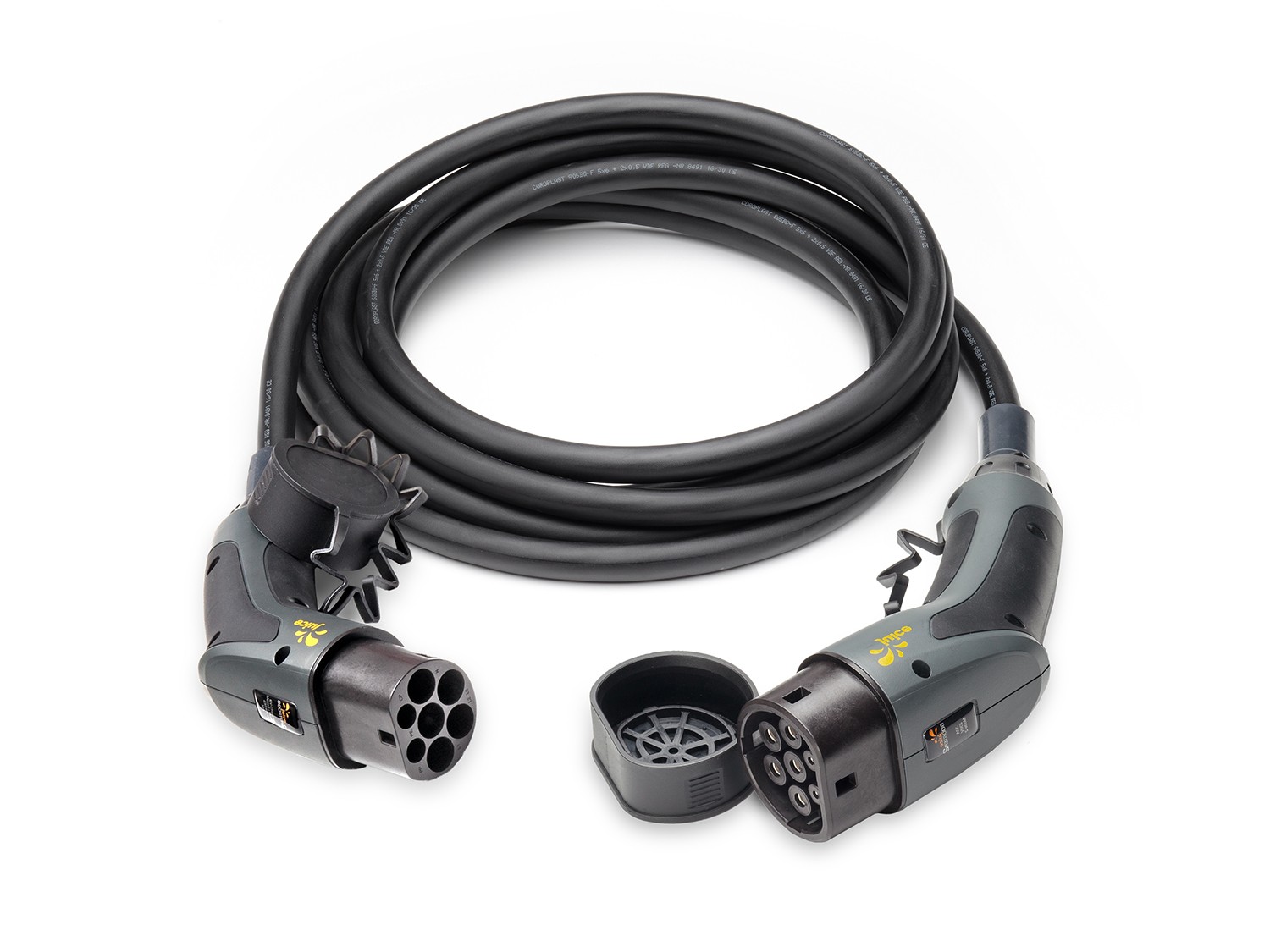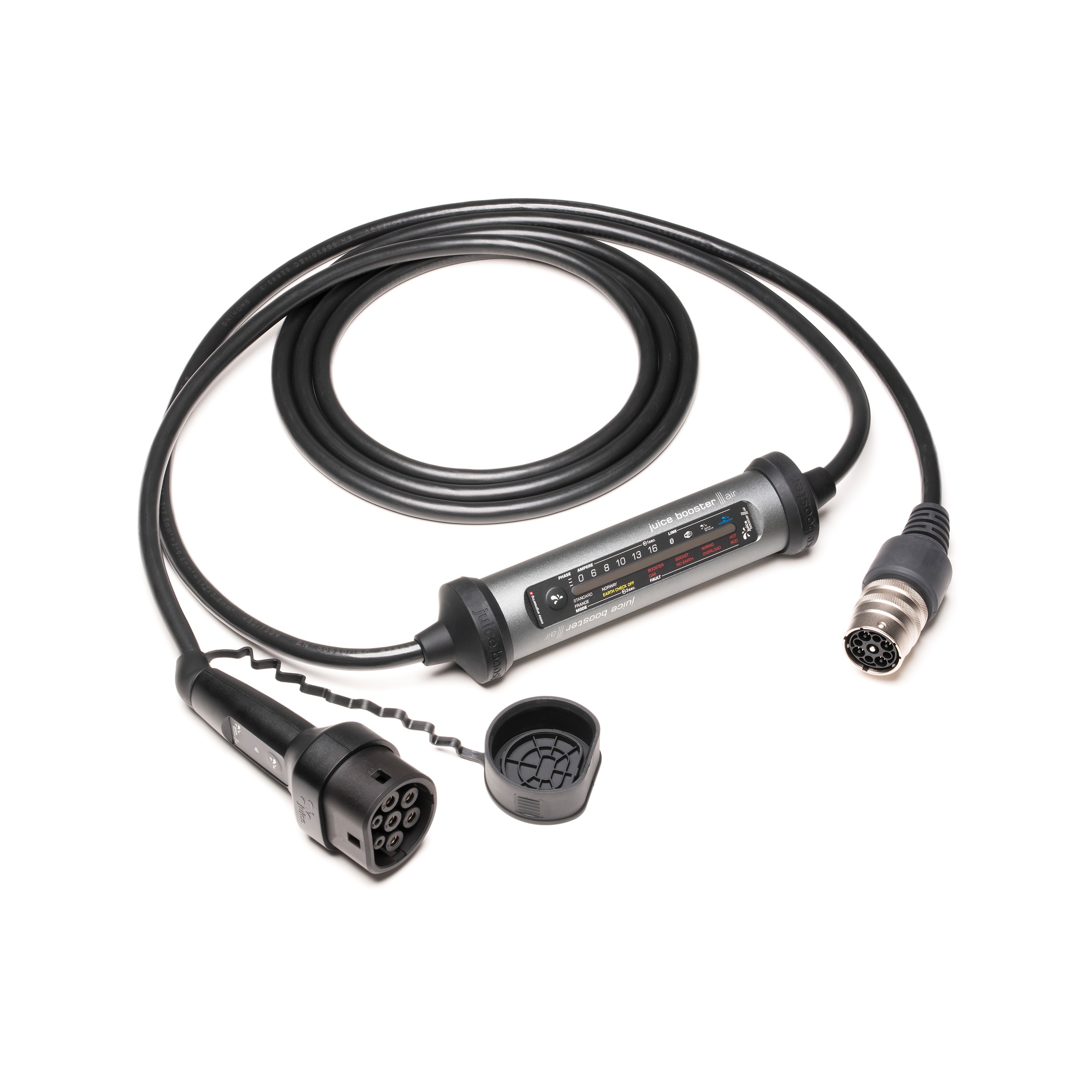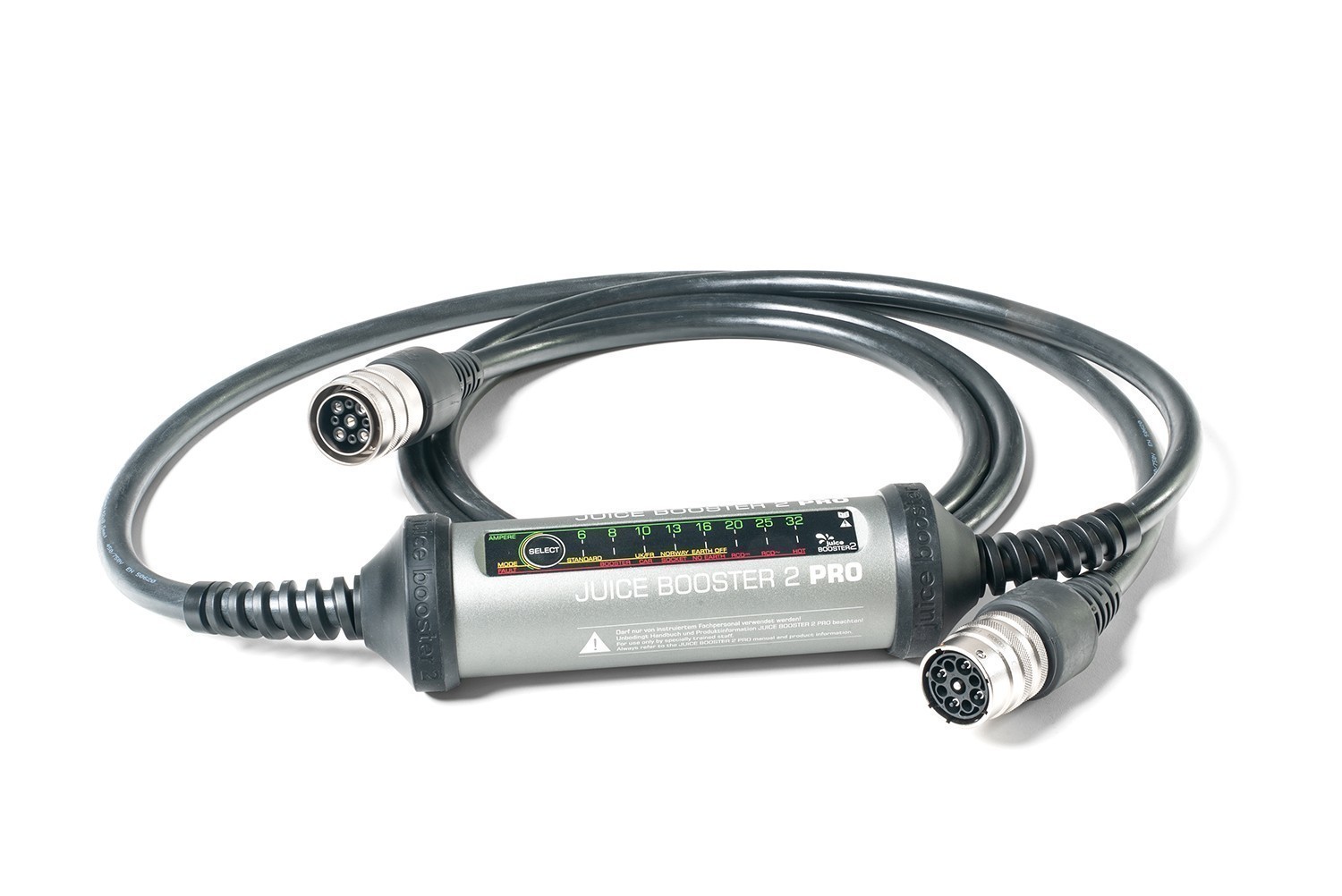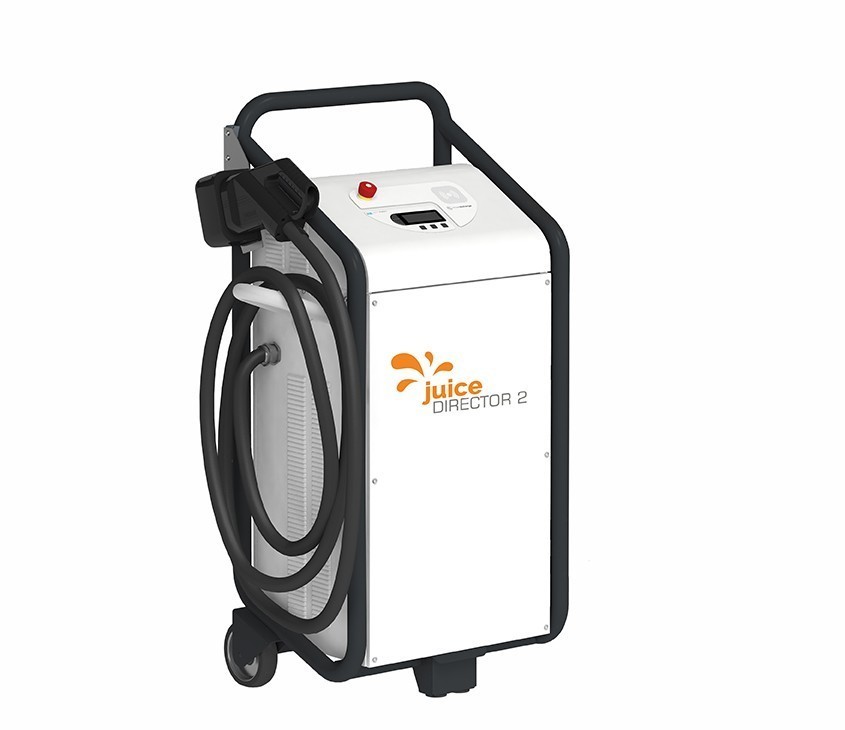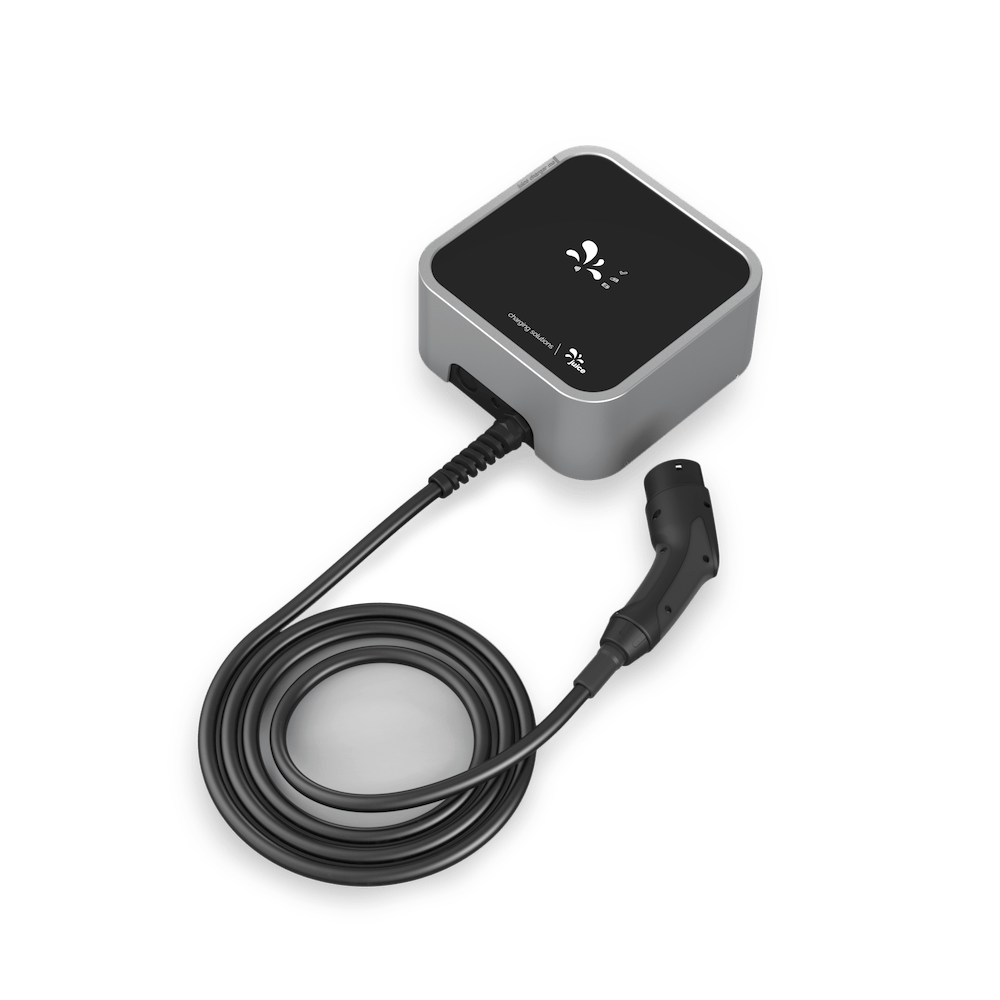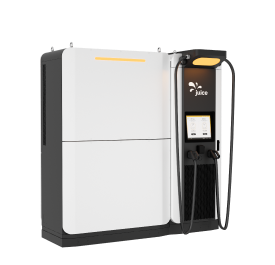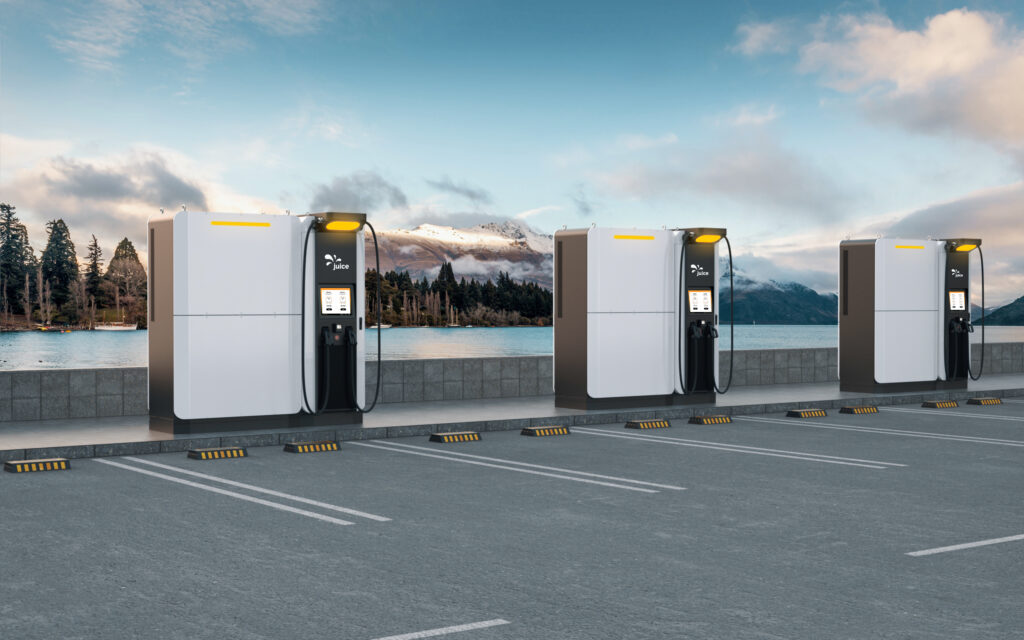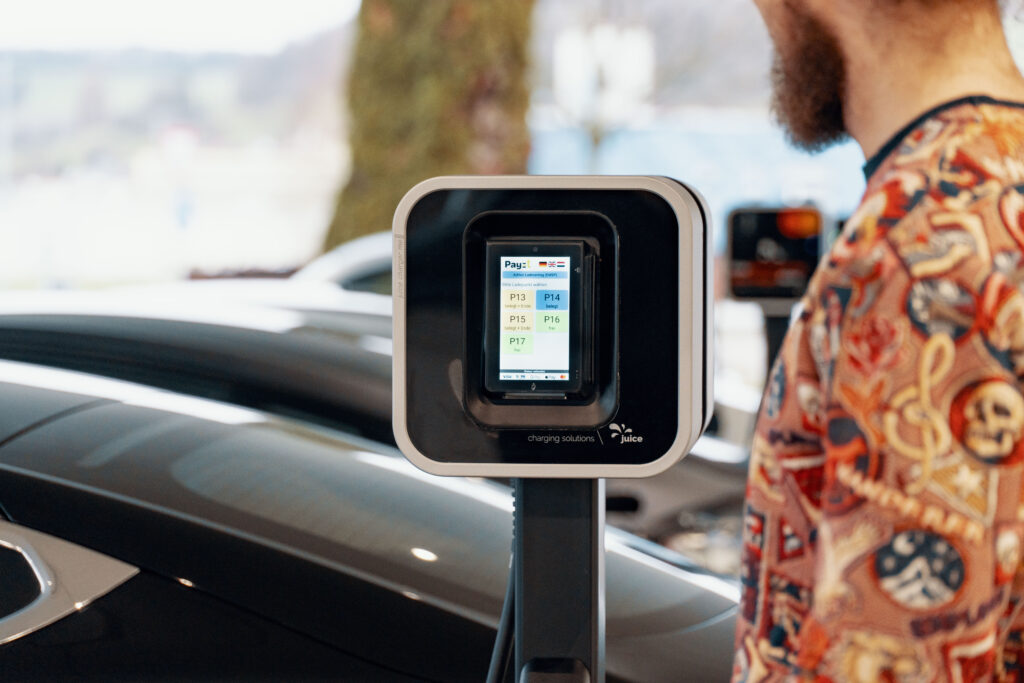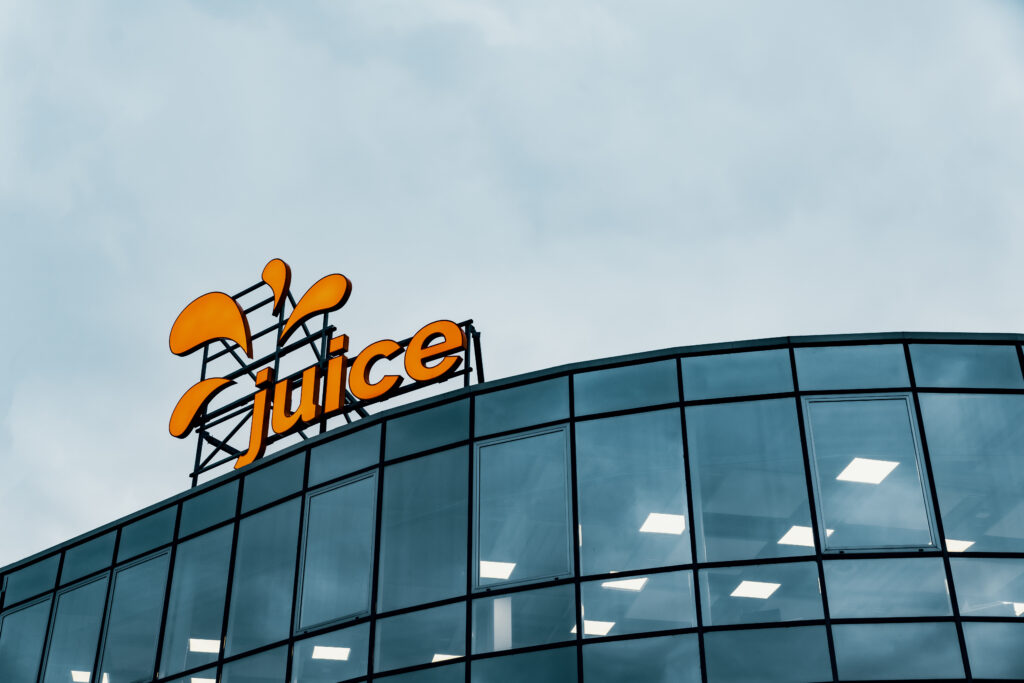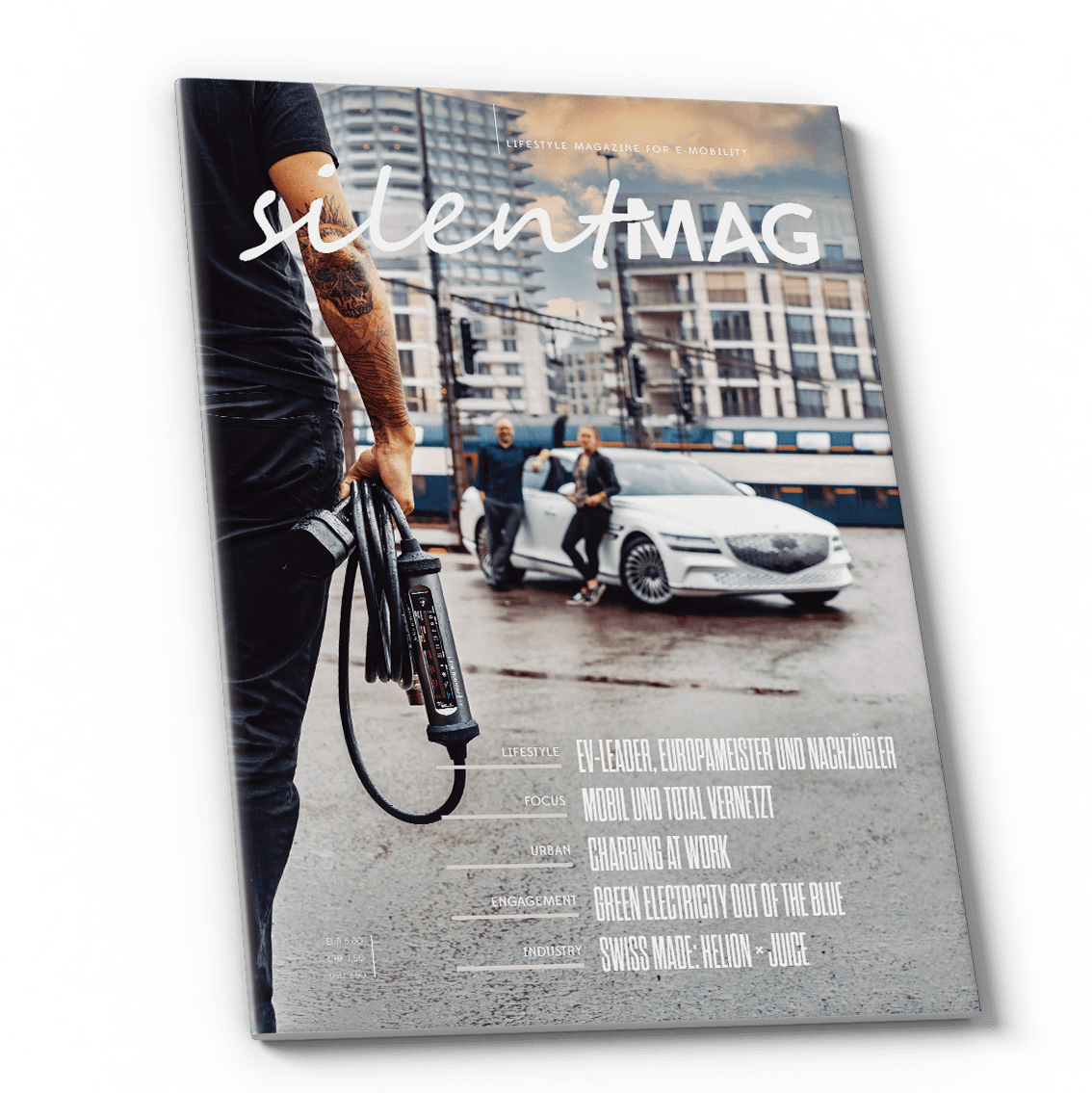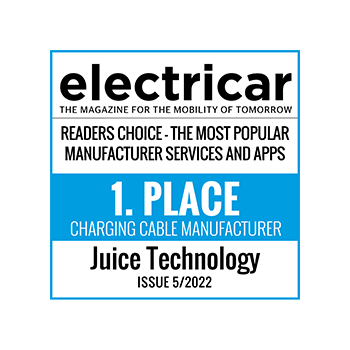Are battery swapping stations the future?
Drive into a box – swap out the battery – drive on. According to a Chinese electric vehicle manufacturer, charging stations will soon be a thing of the past. The first battery swapping station in Europe was installed in Lier, 40 km to the west of Oslo, at the beginning of 2022. It promises to swap out the battery, completely automatically, within five minutes.
To do so, you drive into a box which is reminiscent of a car wash. A robot vehicle removes the battery from the underside of the vehicle, takes it for charging and inserts a freshly charged battery back into the underside of the vehicle.
312 battery changes per day should be possible. Too good to be true? Operation in Shanghai shows that customers often have to wait – up to an hour in the worst case – depending on whether a battery with the appropriate capacity is available. In other words: enough time to connect the vehicle to a charging station and charge it for a few dozen kilometres.
Another obstacle for implementation of this system in Europe lies in the fact that batteries must be standardised. A closed system for an automobile brand which, in Europe, only exists in Norway to date and is only coming to Germany in 2022 does not have a favourable cost-to-benefit ratio.
Not least because it is a very energy-intensive system with a lot of mechanical steps: The vehicle must be lifted, the heavy battery unscrewed and carried away by a robot. The price for autonomous replacement is a multitude of sensors which demand high computing capacity. That’s all energy which isn’t going into the battery.
Added to this is the fact that battery technology continues to develop, capacities are increasing and charging times are coming down. Using a charger with the latest 800 volt technology, it is already possible to charge from five to 80 percent in around 20 minutes today.
All in all, a battery swap might work for light vehicles such as e-bikes or electric motorcycles – and for large vehicles such as trucks and buses. For cars, it is a transitional technology at best.
